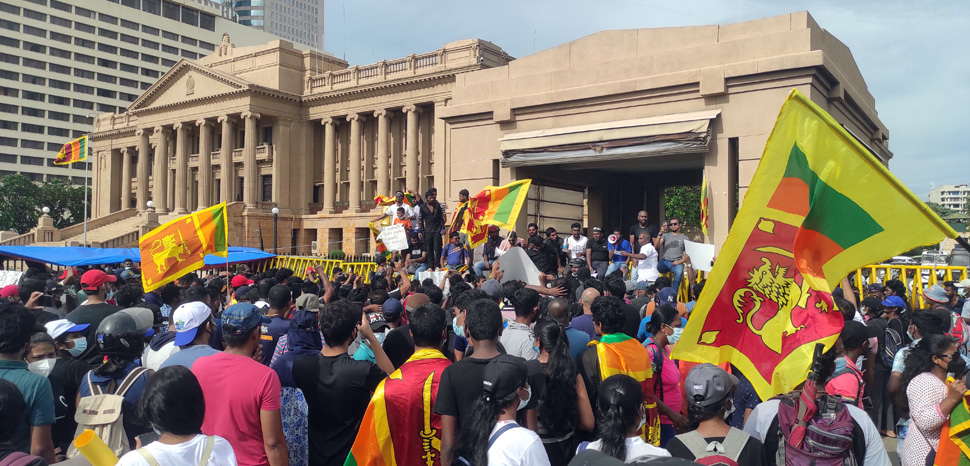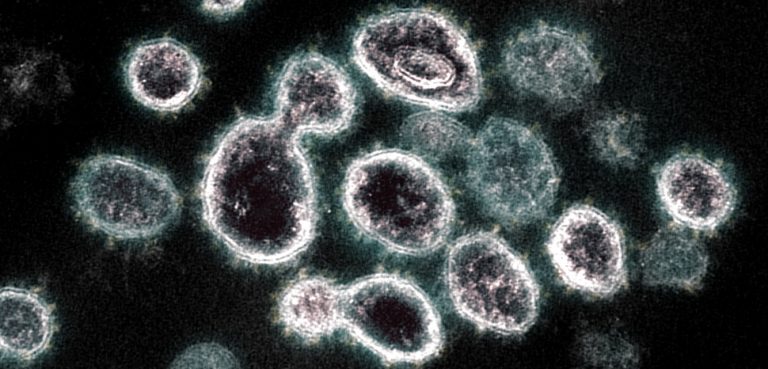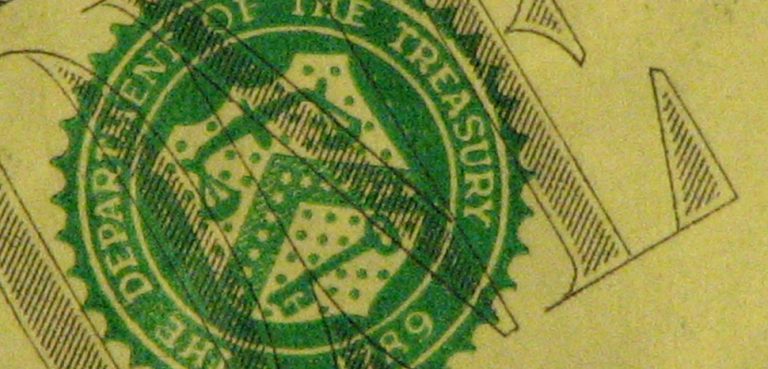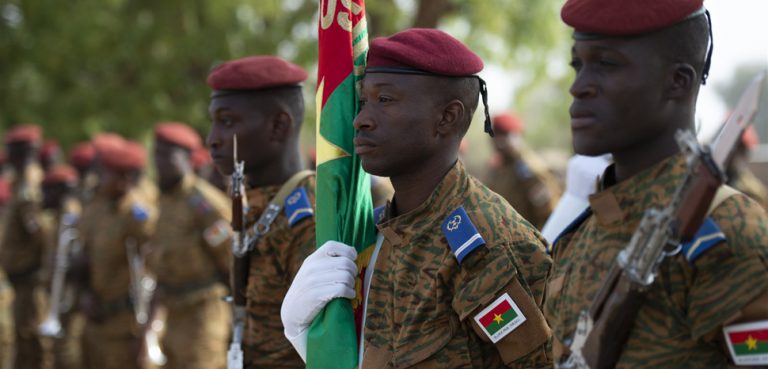Sri Lanka’s debt profile has become patently unsustainable in recent years, exacerbated by the internal and external consequences of the COVID-19 pandemic, chief of which was the sustained loss of forex-generating tourist revenues. With about $51 billion in total foreign debt, $25 billion of which is due by 2026, repayment was never going to be painless for the developing South Asian country. But a precipitous drop in foreign reserves (which are now believed to number under $50 million) combined with a persistent balance-of-trade deficit to bring debt repayments to a grinding halt in early April, setting the stage for the official default that’s currently playing out. The outcome for ordinary Sri Lankans has been worsening shortages in food, medicines, and fuel.
The political dimension of the crisis has played out in dramatic fashion over the past few weeks. To say that the government of President Gotabaya Rajapaksa is hanging by a thread amid popular unrest is putting it kindly: Prime Minister Mahinda Rajapaksa (Gotabaya’s elder brother) resigned on Monday and had to be rescued by the army as a mob burned down his official residence; supporters and detractors of the Rajapaksa dynasty (which has dominated Sri Lankan politics for decades) have fought pitched battles in the streets, resulting in several deaths and hundreds of injuries; one MP from the ruling party shot an anti-government protester dead before taking his own life earlier in the week; and protests are intensifying further amid a nation-wide curfew, with soldiers receiving orders to shoot looters on-sight.




